Home>Storage Ideas>Kitchen Storage>7 Kitchen Sink Organizing Rules: Keep Kitchen Clutter At Bay
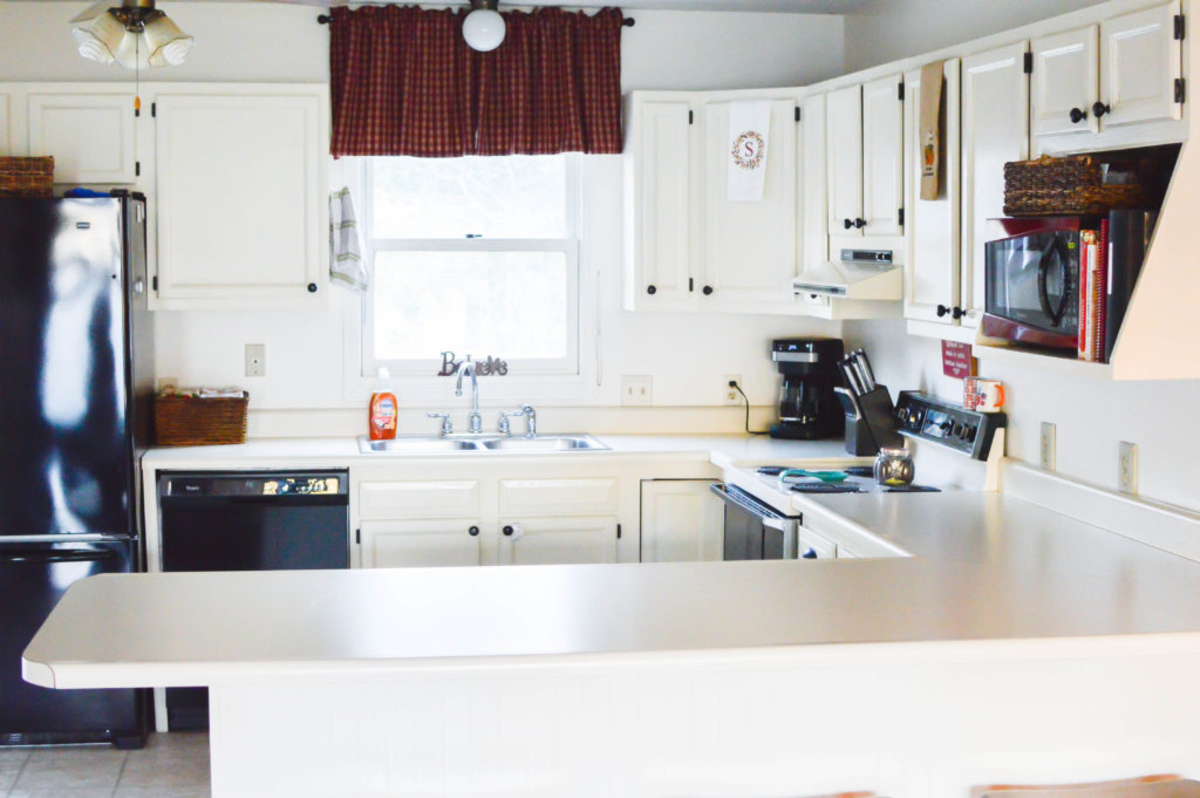

Kitchen Storage
7 Kitchen Sink Organizing Rules: Keep Kitchen Clutter At Bay
Modified: January 7, 2024
Discover 7 essential kitchen storage ideas to effectively organize your kitchen sink and keep clutter at bay.
(Many of the links in this article redirect to a specific reviewed product. Your purchase of these products through affiliate links helps to generate commission for Storables.com, at no extra cost. Learn more)
Introduction
Welcome to the world of kitchen organization! If you’re tired of rummaging through cluttered cabinets and drawers to find what you need, it’s time to bring order and efficiency to your kitchen storage space. With a few simple rules and clever ideas, you can transform your kitchen into a well-organized haven where everything has its place. Not only will this save you time and frustration, but it will also make your cooking and meal prep experience much more enjoyable.
In this article, we will explore seven kitchen sink organizing rules that will help you keep your kitchen clutter at bay. From decluttering regularly to utilizing vertical space, these strategies will optimize your kitchen storage and enhance your overall organization system. So, let’s dive in and discover how to create a well-organized and efficient kitchen space!
Key Takeaways:
- Regular decluttering and utilizing vertical space are key to a well-organized kitchen. Grouping similar items together and keeping frequently used items within reach streamline the cooking process and save time.
- Implementing a systemized cleaning routine and using organizing tools and containers are essential for maintaining a clutter-free and functional kitchen. Embrace the challenge of organizing your kitchen to reflect your unique style and cooking habits.
Rule 1: Declutter Regularly
The first and most important rule of kitchen sink organizing is to declutter regularly. Over time, our kitchens accumulate items that we no longer need or use. Decluttering is the process of removing these unnecessary items, creating space for things that are truly essential.
Start by going through your cabinets, drawers, and countertops, and assess each item. Ask yourself if you genuinely use it and if it serves a purpose in your kitchen. If not, consider donating, selling, or discarding it. Be ruthless in your decluttering process, as the goal is to simplify your kitchen and make it more functional.
When decluttering, pay special attention to expired food items, duplicate tools or utensils, and any items that are broken or no longer in good condition. Be sure to also check your pantry for expired ingredients or items that you are unlikely to use. Clearing out these unnecessary items will not only free up space but also make it easier to find and access the items you use regularly.
Additionally, as you declutter, take the opportunity to clean and organize your cabinets and drawers. Wipe down surfaces, shelves, and drawers, and use dividers or organizers to keep everything in its place. This will ensure that your kitchen stays organized and clutter-free for longer.
By decluttering regularly, you will not only create a more organized and efficient kitchen, but you will also make room for new and useful items that will enhance your cooking experience. Remember, a clutter-free kitchen is a happy kitchen!
Rule 2: Maximize Cabinet and Drawer Space
When it comes to kitchen organization, maximizing cabinet and drawer space is essential. By utilizing every inch of available space, you can create a functional and efficient kitchen storage system. Here are a few tips to help you make the most of your cabinet and drawer space:
1. Use Adjustable Shelving: Invest in adjustable shelves for your cabinets to accommodate items of different heights. This allows you to customize the space according to the size of your cookware, dishes, and appliances.
2. Install Drawer Dividers: Drawer dividers are a game-changer when it comes to organizing utensils, cutlery, and small kitchen gadgets. They help keep items separated and easily accessible, saving you from digging through a jumbled mess.
3. Utilize Vertical Space: Make use of vertical space by installing cabinet or drawer organizers that stack items vertically. This is especially useful for storing baking sheets, cutting boards, and trays, which tend to take up a lot of horizontal space.
4. Hang Hooks and Racks: Install hooks or racks on the inside of cabinet doors or on empty walls to hang pots, pans, and other frequently used utensils. This not only saves space but also keeps your cookware within reach.
5. Utilize Corner Space: Corner cabinets can be challenging to utilize efficiently. Consider installing a lazy Susan or pull-out shelving unit to make accessing items stored in the corners easier.
6. Use Stackable Storage: Opt for stackable containers and storage solutions to make the most of your cabinet space. Stackable food storage containers, for example, help keep your pantry organized and save valuable shelf space.
Remember, the key to maximizing cabinet and drawer space is to think vertically and utilize every nook and cranny. By implementing these tips, you can create a well-organized kitchen where everything has its place, saving you time and frustration when searching for items.
Rule 3: Use Organizing Tools and Containers
In order to maintain a well-organized kitchen, it’s important to utilize organizing tools and containers. These tools can help you keep your kitchen items neatly arranged, making it easier to find what you need and maintain order. Here are some organizing tools and containers to consider:
1. Clear Plastic Bins: Clear bins are perfect for organizing pantry items, snacks, and even cleaning supplies. They allow you to see what’s inside without having to dig through a cluttered mess.
2. Drawer Dividers: Drawer dividers are essential for keeping your utensils, cutlery, and small gadgets neatly separated. With dividers, you can create designated sections for different items, making it easier to find and access what you need.
3. Spice Racks: Keep your spices organized and easily accessible with a spice rack. There are various options available, including countertop racks, wall-mounted racks, and drawer inserts. Choose the option that best suits your kitchen space and preferences.
4. Stackable Storage Containers: Opt for stackable storage containers for dry goods such as grains, pasta, and snacks. They not only save space but also keep your pantry shelves looking tidy and organized.
5. Over-the-Door Storage: Make use of the space on the back of cabinet or pantry doors with over-the-door organizers. These can hold anything from cutting boards and baking sheets to cleaning supplies and wraps.
6. Labeling System: Labels are a simple yet effective way to keep track of what’s stored in your containers and bins. Use a label maker or write directly on the containers to ensure everything is labeled clearly, preventing any confusion or mix-ups.
7. Shelf Risers: Maximize vertical space in your cabinets by using shelf risers. These handy tools allow you to create extra levels of storage, making it easier to see and access items at the back of the cabinet.
By utilizing these organizing tools and containers, you can keep your kitchen items in order and maintain a clutter-free space. Remember to assess your storage needs and choose the tools that work best for your specific kitchen layout and items.
Rule 4: Keep Frequently Used Items Within Reach
One of the secrets to an efficient kitchen is keeping frequently used items within easy reach. When you can quickly grab what you need without having to search or dig through cluttered cabinets, your cooking and meal prep process becomes much smoother. Here are some tips to help you achieve this:
1. Prioritize Prime Real Estate: Designate prime real estate in your kitchen for items that you use on a daily or regular basis. This includes pots and pans, everyday dishes, and frequently used utensils. Keep these items in easily accessible drawers or cabinets near your work area.
2. Create Zones: Organize your kitchen into zones based on function. For example, keep baking tools and ingredients near the oven, prep tools and cutting boards near the countertop, and frequently used spices and seasonings near the stove. This way, everything you need for specific tasks will be within arm’s reach.
3. Open Shelving: Consider incorporating open shelves into your kitchen design. Open shelves not only add a decorative element but also allow you to display and have quick access to your most used items such as plates, glasses, and everyday bowls.
4. Utensil Caddy: Use a utensil caddy or crock to keep frequently used cooking utensils, such as spatulas, ladles, and tongs, within easy reach on your countertop. This saves time and prevents the need to rummage through drawers to find the right tool.
5. Magnetic Knife Strip: Install a magnetic knife strip on your backsplash or inside a cabinet to keep your knives easily accessible and safely stored. This not only saves countertop space but also helps you quickly grab the right knife for the task at hand.
6. Hanging Pot Rack: If you have a collection of pots and pans, consider installing a hanging pot rack above your cooking area. This not only keeps them within reach but also adds a decorative touch to your kitchen.
By keeping frequently used items within reach, you’ll streamline your cooking process and reduce the time spent searching for items. It’s all about creating an efficient flow in your kitchen and optimizing your workspace.
Use drawer dividers to separate and organize utensils, keeping them easily accessible and reducing clutter on countertops.
Rule 5: Group Similar Items Together
When organizing your kitchen, it’s important to group similar items together. This simple but effective strategy helps you easily locate and access specific items, making your cooking and meal prep process much more efficient. Here are some tips for grouping similar items together:
1. Categorize by Function: Organize your kitchen items by their function. Keep baking supplies together, grouping items such as measuring cups, mixing bowls, and baking pans in a designated area. Group cooking essentials like pots, pans, and cooking utensils in another area. This way, you’ll know exactly where to find what you need for specific tasks.
2. Sort by Frequency of Use: Arrange your items based on how often you use them. Place frequently used items in easily accessible areas, while storing less frequently used items in cabinets or drawers that are further away. This will save time and prevent clutter in your primary storage areas.
3. Invest in Drawer Dividers: Use drawer dividers to separate and group similar items in your utensil drawers. This will help prevent them from becoming a tangled mess and make it easier to find what you need at a glance. Group items such as cooking spoons, spatulas, and whisks together, and designate specific sections for different types of utensils.
4. Arrange Pantry Items: In your pantry, group similar items together on designated shelves. Place canned goods in one area, dry goods like pasta and grains in another, and snacks in a separate section. Use clear bins or containers to further categorize items and make them easier to find.
5. Separate Cleaning Supplies: Keep cleaning supplies organized by grouping them together under the sink or in a designated cabinet. Use dividers or caddies to separate different types of cleaning solutions, brushes, and sponges.
By grouping similar items together, you create a more organized and efficient kitchen space. It not only makes it easier to find what you need but also helps maintain a clutter-free environment. Take some time to assess your kitchen items and establish logical groupings that work best for your needs and kitchen layout.
Rule 6: Utilize Vertical Space
When it comes to kitchen organization, don’t forget to utilize the often-overlooked vertical space. Vertical storage solutions can significantly increase your kitchen’s storage capacity and help keep items easily accessible. Here are some tips to make the most of your kitchen’s vertical space:
1. Install Wall-Mounted Shelves: Install sturdy wall-mounted shelves to maximize vertical space in your kitchen. These shelves can hold items like cookbooks, decorative jars, and small appliances. They not only provide additional storage but also add a stylish touch to your kitchen decor.
2. Hang Pots and Pans: Hang pots and pans using a pot rack or hooks. This frees up cabinet space and keeps your cookware within reach while adding a decorative element to your kitchen. You can hang them from a ceiling-mounted rack or on a wall-mounted rack.
3. Use Magnetic Strips: Magnetic strips are an excellent way to store metal kitchen utensils, knives, and can openers. Attach them to the inside of a cabinet door or on a backsplash to free up drawer space and keep frequently used tools easily accessible.
4. Install Pegboards: Pegboards are versatile and customizable storage solutions that can be mounted on the wall. They allow you to hang kitchen tools, cutting boards, and even small pots and pans. Arrange the pegs to accommodate different sizes of items and adjust them as needed.
5. Utilize Door Space: Make use of the space on the inside of cabinet doors or pantry doors. Install door-mounted organizers or racks to hold spices, measuring spoons, foil, and plastic wrap. This keeps these items easily accessible and frees up valuable shelf space.
6. Stack Baskets or Bins: If you have tall cabinets or pantry shelves, stackable baskets or bins are a great solution. They allow you to maximize vertical space by creating multiple levels of storage. Use them to store snacks, baking supplies, or canned goods.
7. Consider Overhead Storage: If you have a high ceiling in your kitchen, consider installing overhead storage. This can be in the form of open shelves above cabinets or hanging wire baskets. Use this space to store items you don’t use frequently, such as seasonal bakeware or specialty appliances.
By utilizing vertical space, you can make the most of every inch in your kitchen. It not only provides extra storage but also keeps your countertops and cabinets clutter-free, making your kitchen more functional and visually appealing.
Rule 7: Maintain a Systemized Cleaning Routine
Maintaining a clean and organized kitchen goes beyond just organizing your belongings. It’s important to establish a systemized cleaning routine to ensure your kitchen stays tidy and functional. Here are some tips to help create an effective cleaning routine:
1. Daily Cleaning Tasks: Set aside time each day for quick cleaning tasks, such as wiping down countertops, cleaning spills, and washing dishes. By incorporating these tasks into your daily routine, you’ll prevent dirt and clutter from piling up, making it easier to maintain a clean kitchen overall.
2. Weekly Deep Cleaning: Establish a specific day or time each week for deeper cleaning tasks. This may include cleaning appliances, scrubbing the sink, wiping down cabinet fronts, and mopping the floor. Stay consistent with these tasks to keep your kitchen looking fresh and inviting.
3. Clear and Clean Countertops: Keep your countertops clear of unnecessary items and debris. Only keep essential items, such as a coffee maker or a toaster, on the counter. Regularly wipe down the countertops to remove any spills or crumbs.
4. Organize and Clean the Refrigerator: Regularly clean out your refrigerator, removing expired items and wiping down shelves and drawers. Consider using clear storage containers or bins to keep food organized and prevent any spills or cross-contamination.
5. Maintain Sink and Dishwasher: Keep your sink and dishwasher clean and clutter-free. Wash dishes immediately after use or load them into the dishwasher. Run the dishwasher regularly to prevent dirty dishes from piling up in the sink.
6. Sweep and Mop the Floor: Regularly sweep or vacuum the kitchen floor to keep it free of crumbs and debris. Depending on the type of flooring, mop the floor weekly or as needed to maintain a clean and hygienic surface.
7. Deep Clean Appliances: Schedule regular deep cleaning for appliances like the oven, microwave, and coffee maker. Follow manufacturer instructions or use safe and effective cleaning solutions to remove built-up grime and maintain optimal functionality.
By establishing a systemized cleaning routine, you’ll be able to maintain a clean and organized kitchen with ease. Consistency is key when it comes to keeping your kitchen in top shape, so make sure to stick to your schedule and enlist the help of family members or roommates to share the cleaning responsibilities.
Conclusion
Congratulations! You’ve reached the end of our journey through the seven kitchen sink organizing rules. By implementing these rules, you can transform your kitchen storage space into a functional, efficient, and clutter-free haven. Let’s recap what we’ve learned:
1. Declutter regularly to create space and simplify your kitchen.
2. Maximize cabinet and drawer space by utilizing adjustable shelving, drawer dividers, and stackable storage.
3. Use organizing tools and containers such as clear plastic bins, spice racks, and drawer dividers.
4. Keep frequently used items within reach by designating prime real estate, creating zones, and using utensil caddies.
5. Group similar items together to make them easy to find and maintain order in your kitchen.
6. Utilize vertical space by installing wall-mounted shelves, using magnetic strips, and hanging pots and pans.
7. Maintain a systemized cleaning routine to ensure your kitchen stays clean, organized, and functional.
By following these rules and incorporating them into your daily routine, you’ll not only save time and frustration in the kitchen but also create a space that is inviting and enjoyable to work in. Your culinary adventures will be more efficient, and you’ll have a sense of calm knowing that everything has its place.
Remember, organizing your kitchen is an ongoing process. Take the time to reassess and readjust as needed to accommodate changes in your cooking habits or kitchen layout. Don’t be afraid to get creative and customize the rules to fit your specific needs and preferences.
So, embrace the challenge and embark on your journey to create a well-organized kitchen that reflects your unique style and makes your cooking experience a breeze. Happy organizing!
Frequently Asked Questions about 7 Kitchen Sink Organizing Rules: Keep Kitchen Clutter At Bay
Was this page helpful?
At Storables.com, we guarantee accurate and reliable information. Our content, validated by Expert Board Contributors, is crafted following stringent Editorial Policies. We're committed to providing you with well-researched, expert-backed insights for all your informational needs.
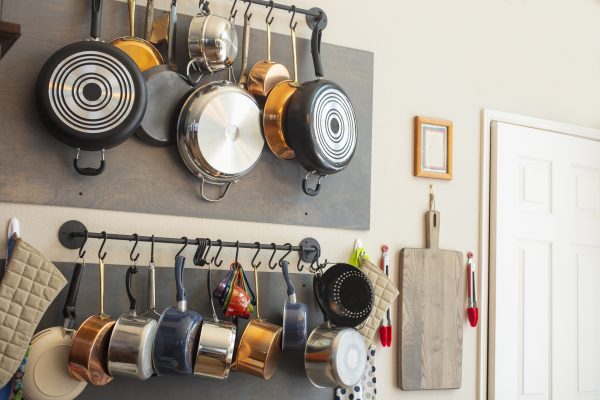
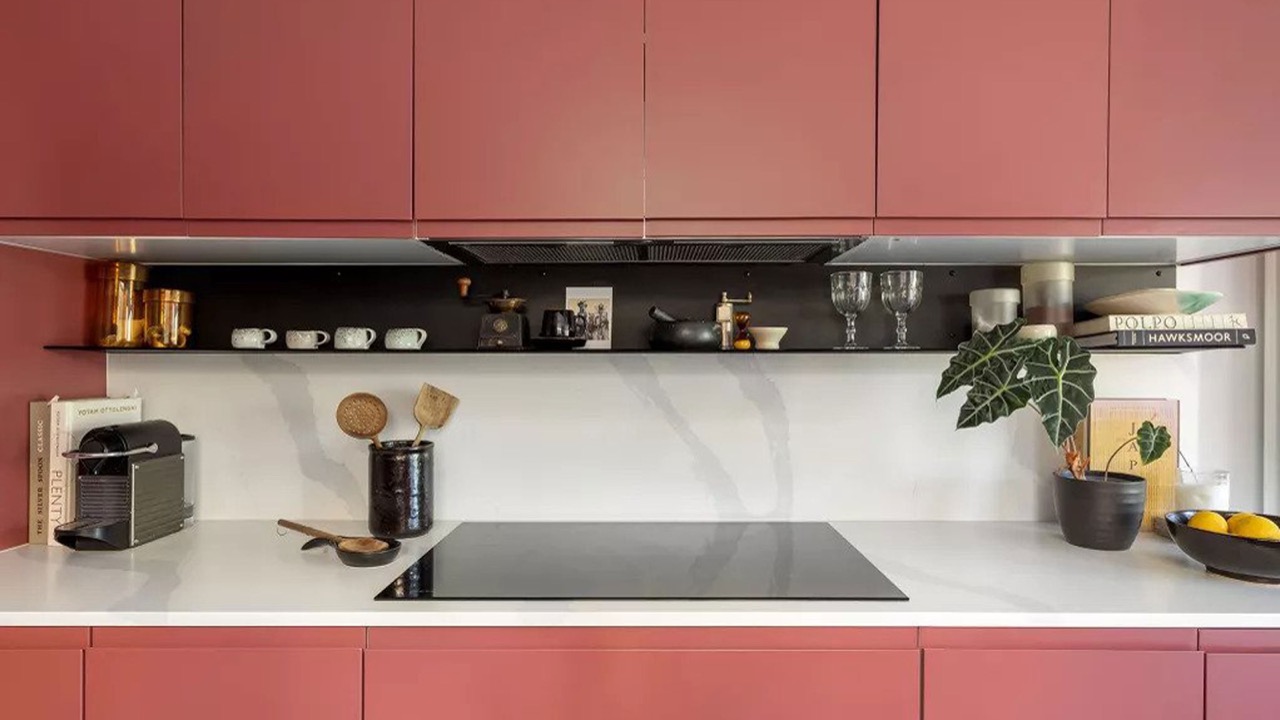

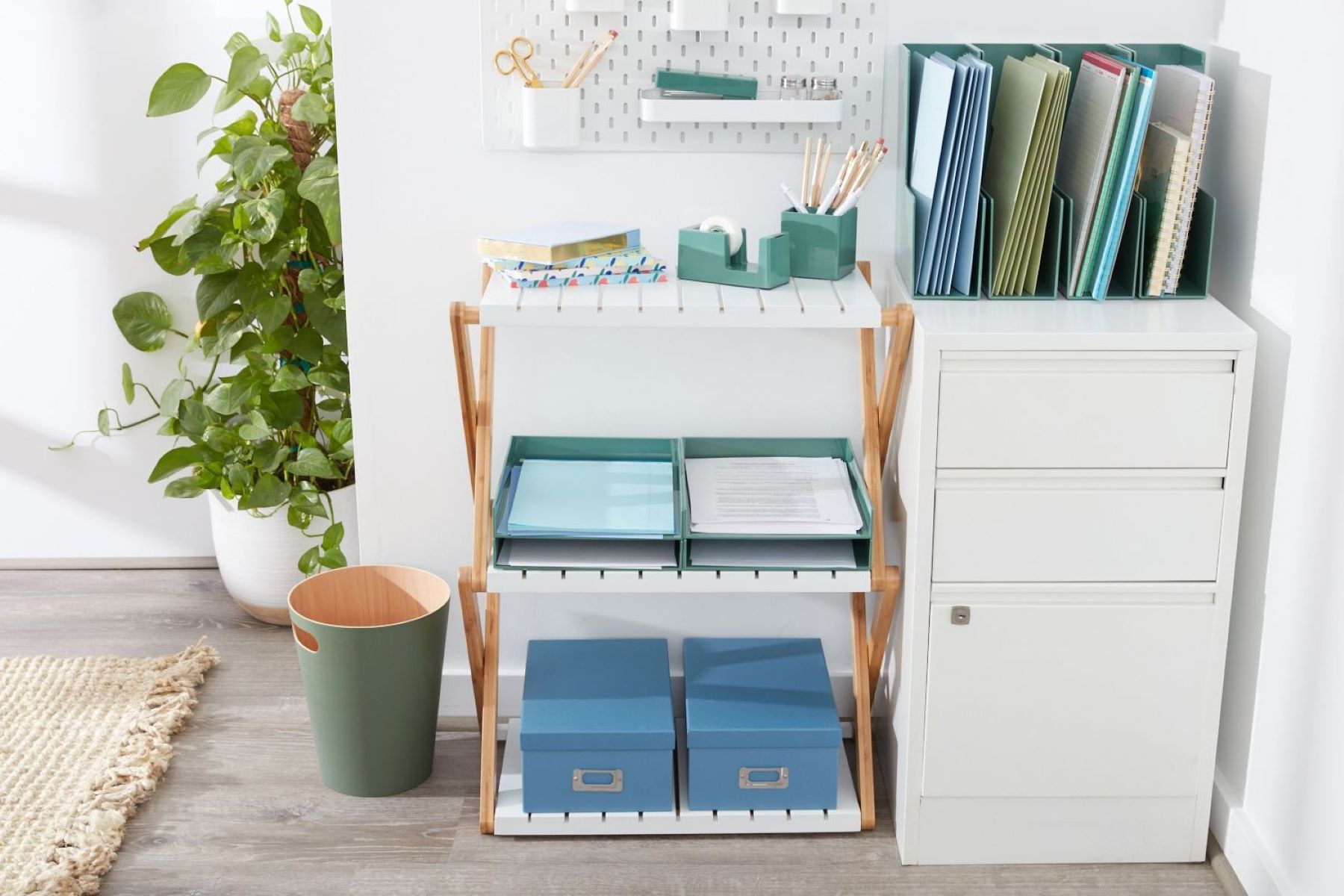


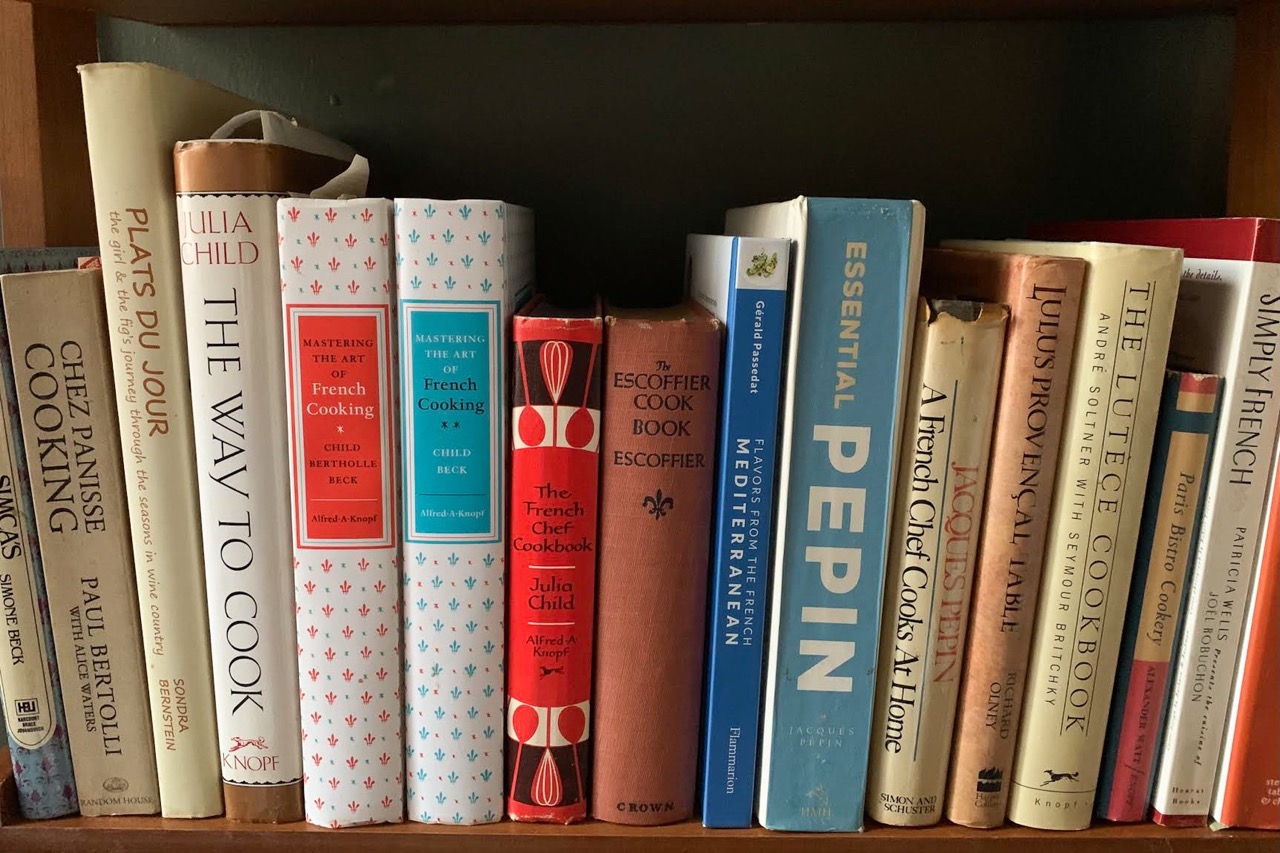
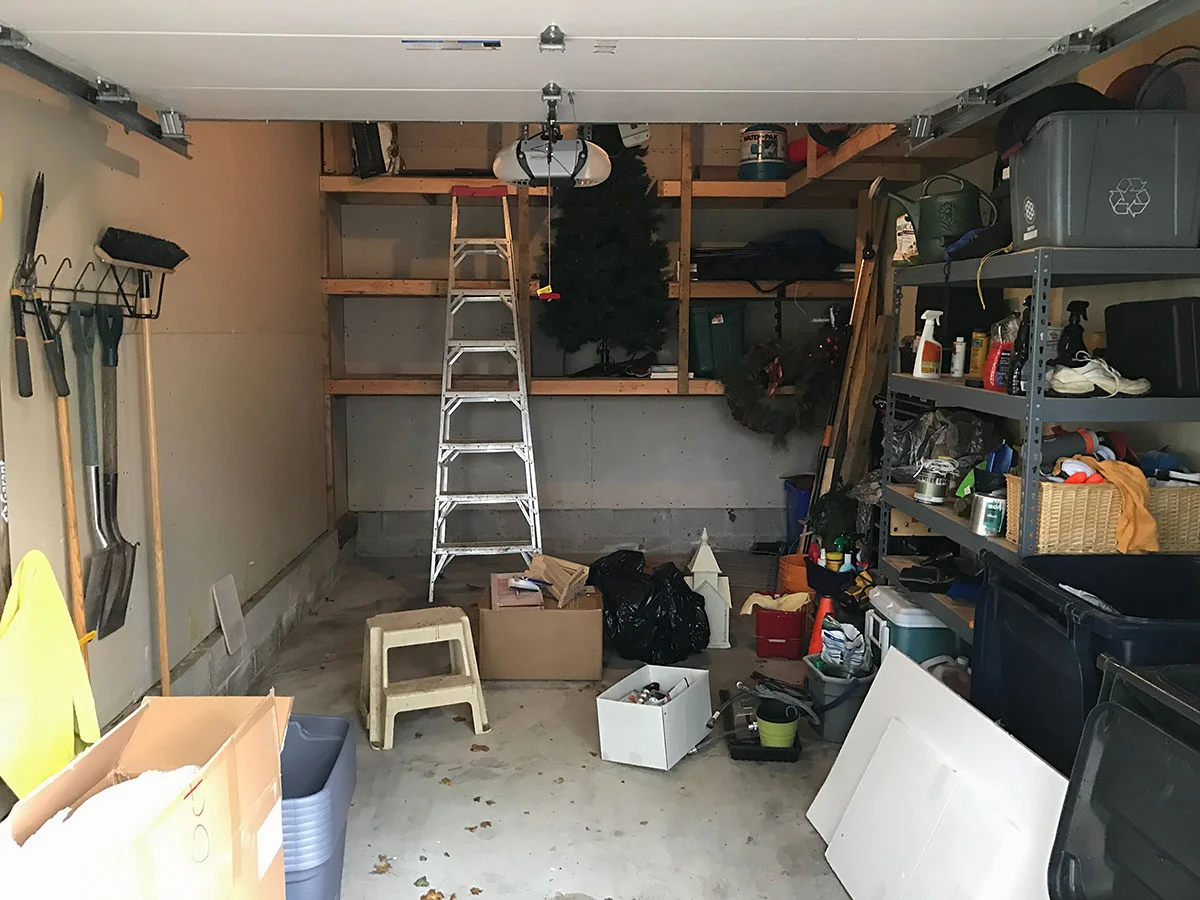
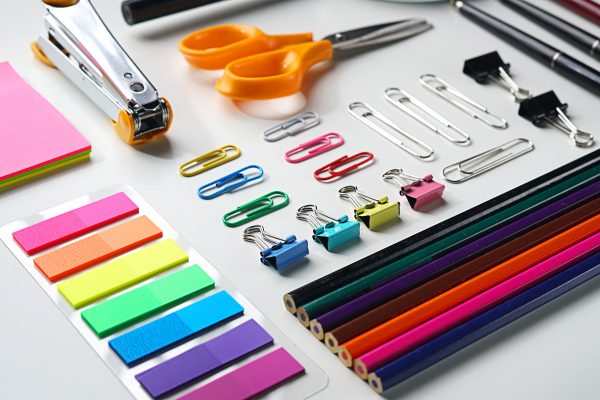

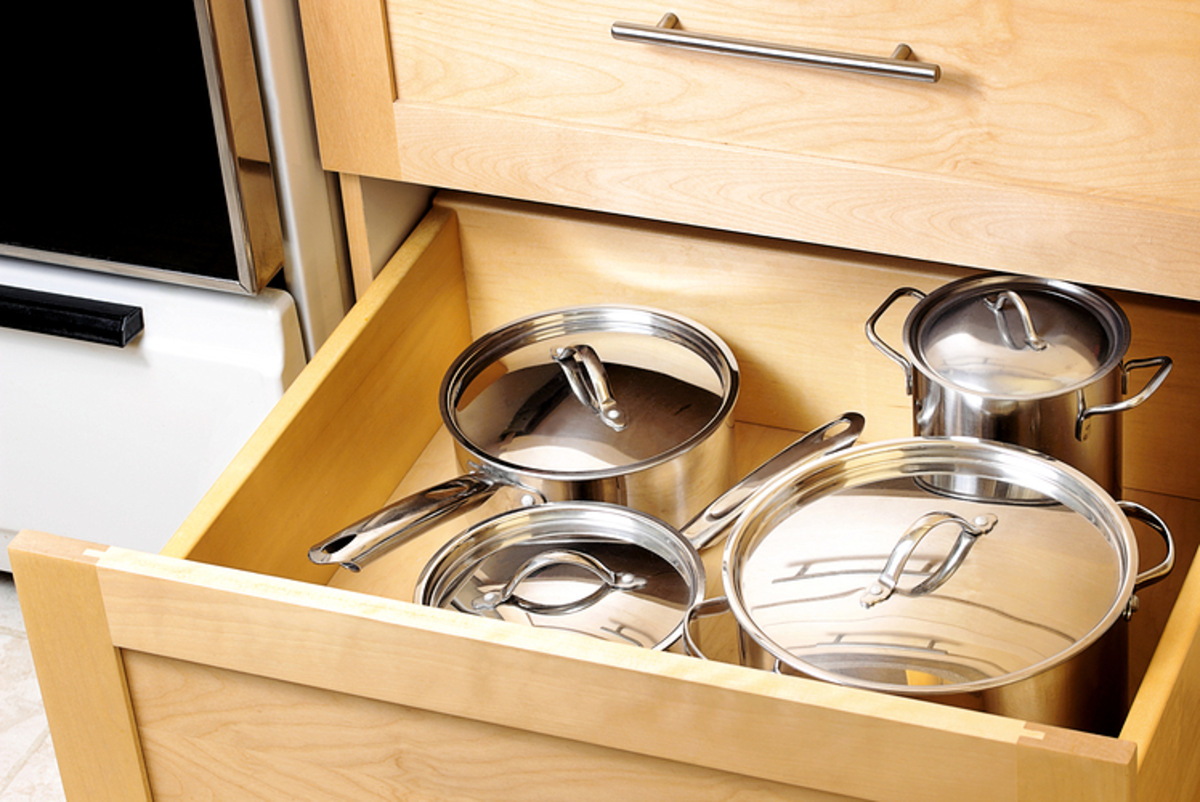
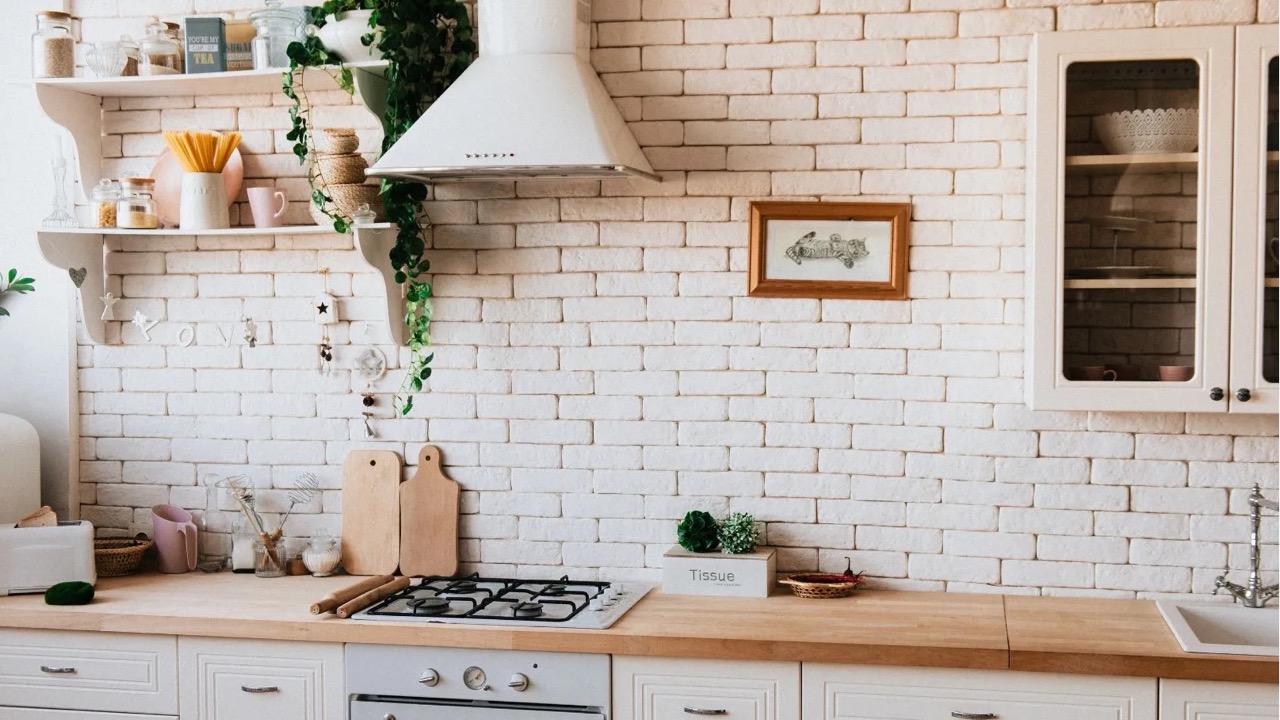
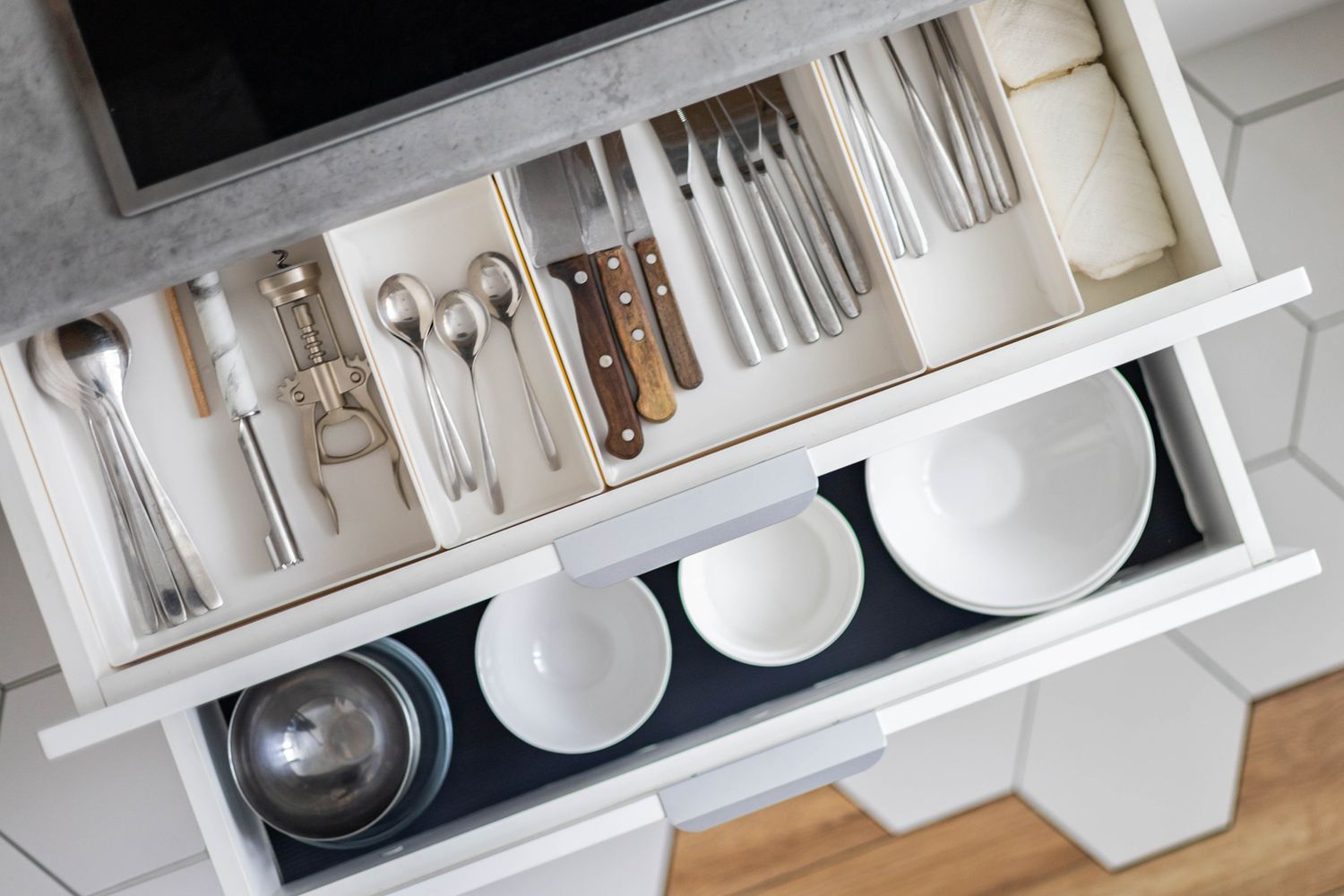
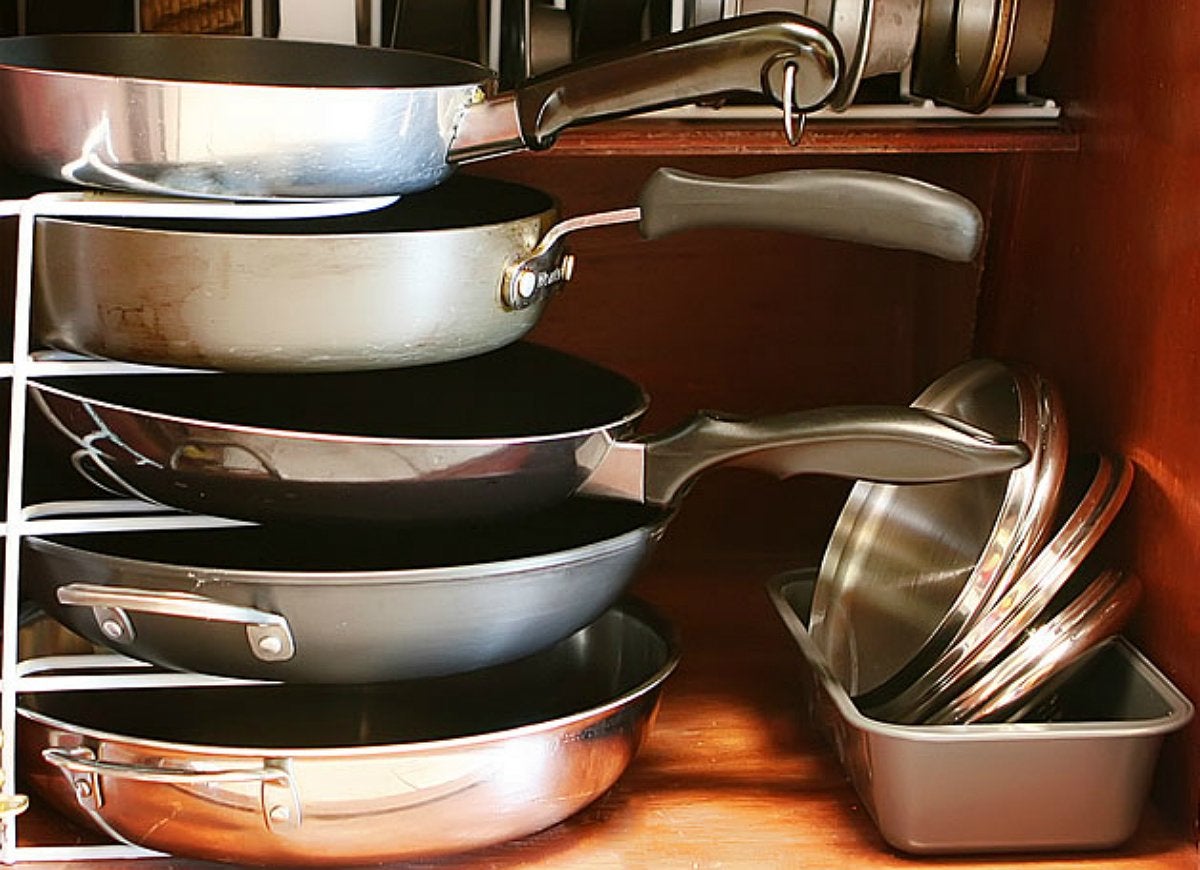

0 thoughts on “7 Kitchen Sink Organizing Rules: Keep Kitchen Clutter At Bay”